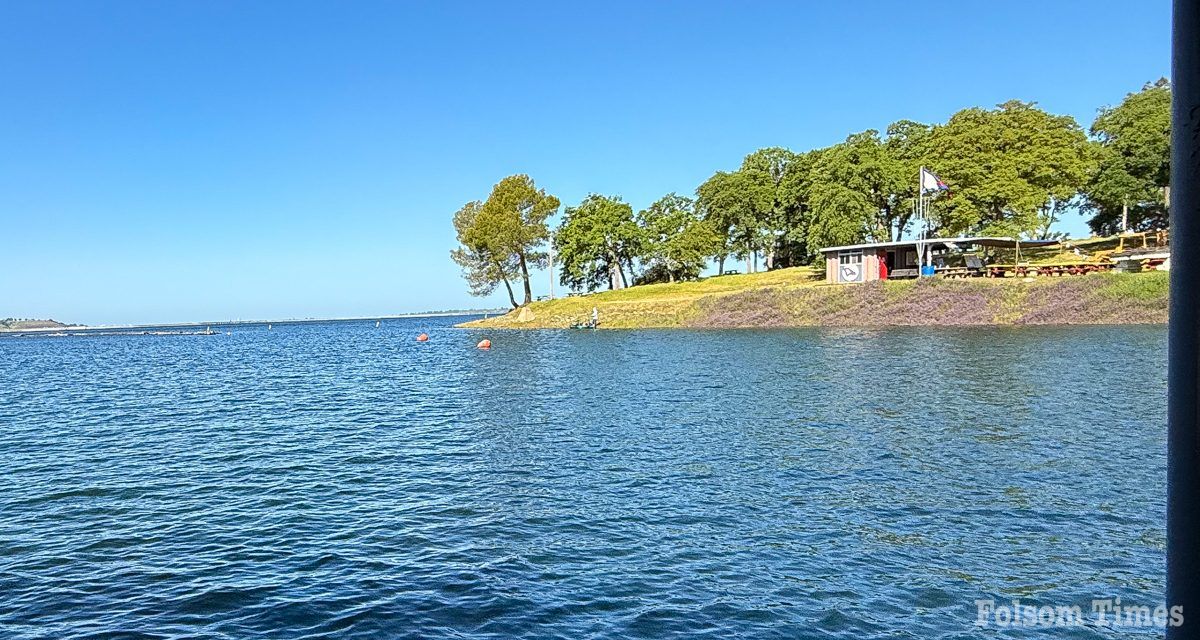Folsom Lake at its highest level for this time of year in 5 years at 92% capacity
As snow begins to melt in the mountains and make its way to California reservoirs, the Department of Water Resources (DWR) today announced an increase to the State Water Project allocation forecast for 2025. The allocation has increased to 50 percent of requested water supplies, up from 40 percent last month. The State Water Project provides water to 27 million Californians and 750,000 acres of farmland.
California’s snowpack peaked on April 4 at 100 percent for the season. With the weather warming up, that snowpack is now starting to melt and flow into California’s watersheds and further filling up reservoirs. Lake Oroville, the State Water Project’s largest reservoir, is 120 percent of average for this date and 95 percent full. DWR anticipates that Lake Oroville could reach capacity this spring, which would mark the third straight year the reservoir has filled. San Luis Reservoir in Merced County, a critical storage space for Southern California water, is 101 percent of average for this date and 83 percent full.
As of Tuesday afternoon, Folsom Lake was reported to be at 92% of capacity. Readings show that current storage is at 903,583 acre feet. The “beyond cap” capacity of the lake is 977,000 acre feet. Currently, the lake is sitting at an elevation of 459.33 feet, the highest level the lake has been this time of year in five years, according to the DWR.
“This winter, water managers were able to navigate extreme swings between wet and dry conditions thanks in part to new operating permits that allow increased flexibility in operations to move water into storage while protecting endangered species,” said DWR Director Karla Nemeth. “Our full reservoirs will allow us to help meet the needs of the State Water Project contractors and their customers this year as well as provide some water supply next year in the event that dry conditions return.”
California’s water system is complex and requires real-time adjustments to balance the needs of our state’s cities and farms and the natural environment. Earlier this month, the State Water Projectreduced pumping in the Sacramento-San Joaquin Deltato minimum levels to protect endangered fish species. These reductions are required as part of the operating permit for the State Water Project. Operators will likely maintain that lower rate through the end of May unless San Joaquin or Sacramento River flows increase beyond certain high-flow thresholds.
These constraints reinforce the need for California to invest in additional water supply infrastructure to provide operational flexibility. The proposed Sites Reservoir and Delta Conveyance Project would have been hugely beneficial to water supply had they been in place this season. The Delta Conveyance Project could have captured more than 867,000 acre-feet of additional water supply this winter, which would have translated to a 20 percent increase in the current State Water Project allocation, on top of the increase announced today.
Each year, DWR provides allocation forecasts based on available water storage, projected water supply, and water demands. Learn more about how the State Water Project allocation process works athttps://water.ca.gov/News/Blog/2025/Jan-25/Get-the-Facts-About-the-State-Water-Project-Allocation.




